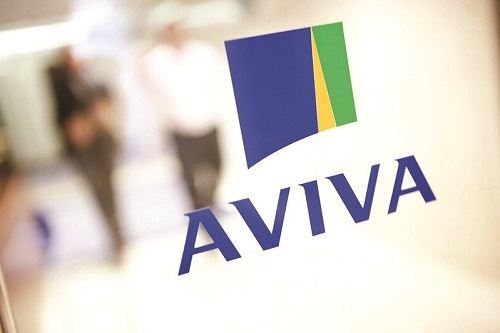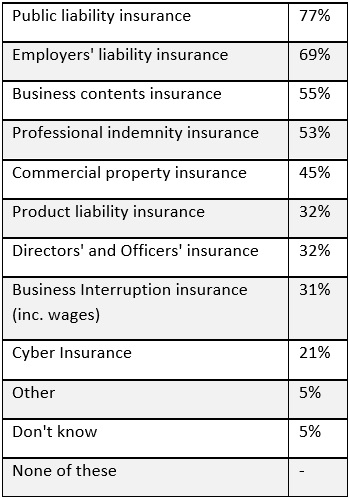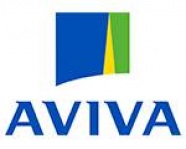UK SMEs facing increasing levels of underinsurance driven by inflation, supply chain issues and labour shortages

SMEs ‘in the dark’ about the time and money needed to rebuild their business after a claim:
- One-third (32%) of SMEs do not take inflation or supply chain issues into consideration when reviewing their level of insurance
- 10% of SMEs – more than half a million – would not survive if they had to pay up to £10,000 towards a claim that was not fully covered by insurance
- 19% of businesses haven’t reviewed in the last two years how long it would take to reinstate their business within the last two years
- Three in ten (31%) businesses don’t have employers liability insurance, a legal requirement
The challenging economic environment in the UK is leaving small to medium-sized enterprises (SMEs) open to significant levels of uninsured risk.
Inflation, supply chain disruption and labour shortages are not just creating challenging business conditions, but are also putting businesses at increased risk of becoming underinsured. Research of more than 500 SMEs on behalf of leading insurer, Aviva, found that one-third (32%) of SMEs do not take inflation or supply chain issues into consideration when reviewing how much to insure their business for.
The high rate of inflation means that the level of insurance cover protecting a business’s buildings and physical assets such as stock or machinery, is likely to need updating in order to keep pace with the increased costs of replacing. However, 28% of SMEs have not reviewed their sums insured in the last year.
In the event of a claim, these businesses could struggle to pay for the costs they are not covered for: one in ten SMEs (10%) said they could not survive if they had to pay up to £10,000 towards a claim that was not fully covered by insurance, as a result of being underinsured. This potentially puts the survival of more than half a million SMEs at risk2.
Business interrupted
Supply chain disruption, Brexit, the conflict in Ukraine and labour shortages are all impacting the length of time it will take for a business to be able to resume normal operations in the event of a significant claim such as a flood or fire. Against this backdrop, one in five SMEs (19%) haven’t reviewed in the last two years the amount of time they would need their business interruption cover in place for.
One question businesses struggle with is to predict how long they could be out of operation for in the event of a major loss. A recent analysis of large complex claims (more than £100,000) by Aviva found that it can take businesses just over a year to get back on their feet following a major or total loss. In sharp contrast to this, SMEs said that it would take just under six months3 for their business to return to normal operations following a major loss such as a fire or flood - less than half the average lifecycle of a large claim, according to Aviva. This is a significant gap which, in the event of a large claim, could see SMEs face a shortfall in cover – exposing them to material levels of financial risk.
Brokers know best
To protect businesses from an uncertain economic outlook, Aviva recommends that SMEs speak with their broker to ensure that their insurance cover is suitable for their needs. While four in ten SMEs (42%) use their broker to help them review their sums insured, 21% go to their accountants. While accountants will understand a business’s assets, it is critical that businesses look beyond the asset register to ensure that all possessions are included in the sums insured – even those, for example, that may have been expensed.
Basic cover neglected
Aviva’s research also revealed that large numbers of businesses are going without essential – and in some cases, legally required – forms of insurance. For example, 69% of SMEs said they have employers liability (EL) insurance – a mandatory cover for every business which employs people. Although some small businesses may not employ anyone, 83% of both small (10 – 49 employees) and medium (50 – 250 employees) sized businesses said they have EL, leaving potentially 17% of small and medium sized businesses without any form of this mandatory cover.
Despite this, 91% of businesses are “confident they have the right cover in place”. This underscores the importance for SMEs to regularly speak with their broker to ensure that they have cover in place to protect them from the key risks they face.
The challenging economic backdrop will undoubtedly see SMEs look to cut unnecessary costs. However, the uncertainty of the last several years highlights the need for businesses to be protected against the unexpected. But just three in ten (31%) businesses have insured themselves for business interruption, and just one in five businesses (21%) have purchased cyber insurance – one of business leaders’ ten biggest risks, according to Aviva’s most recent RISK INSIGHTS REPORT.
Which of the following types of insurance does your business have?

Jason Chambers, Head of Underwriting Automation at Aviva, said, “SMEs have faced a tumultuous couple of years, and have come through the challenges posed by Covid, only to face some of the most challenging economic headwinds of the last few decades.
“SMEs will obviously be paying close attention to their expenditure as a result. But cutting corners on insurance leaves them exposed to considerable risk: we estimate that 50% of UK businesses are underinsured to some degree, and 45% of policies with buildings have at least one premises suspected to be underinsured by 20%. In the event of a claim, this could really impact a business’s ability to stay afloat.
“Our research shows that many SMEs are in the dark about how inflation, supply chain disruption and other macroeconomic and global issues can impact their own business in the event they have to make a claim. We want to highlight the risk of underinsurance that SMEs face, and encourage them to speak with their broker, who can advise on the necessary covers and levels of insurance to help protect SMEs through this period of uncertainty.
“But we’re not just talking about it – our underwriters are working with brokers to proactively identify which of their SME customers are at risk of underinsurance. Aviva’s Commercial Insurance Tool (CIT) uses data analytics to help identify where a business may be underinsured, potential gaps in cover and recommend personalised insights to help SMEs make informed decisions about their insurance cover. This will protect SMEs from the effects of fast-rising inflation, supply chain disruption and other uncertainties.”
Authored by Aviva
About Aviva
Aviva Insurance Limited is one of the UK’s leading insurance companies, part of the Aviva group with 34 million customers Worldwide. Aviva Insurance has been in the insurance business for more than 300 years.
In UK commercial, the insurance market remains challenging for insurance brokers and customers, due to the ongoing economic conditions. Aviva Insurance are focusing on improving our processes to ensure Aviva provide commercial customers with insurance cover at an acceptable price. Insurance brokers also recognised our excellent customer service by voting us Insurance Times General Insurer of the Year in 2012, for the second year running. youTalk-insurance sharing Aviva insurance news and video.

